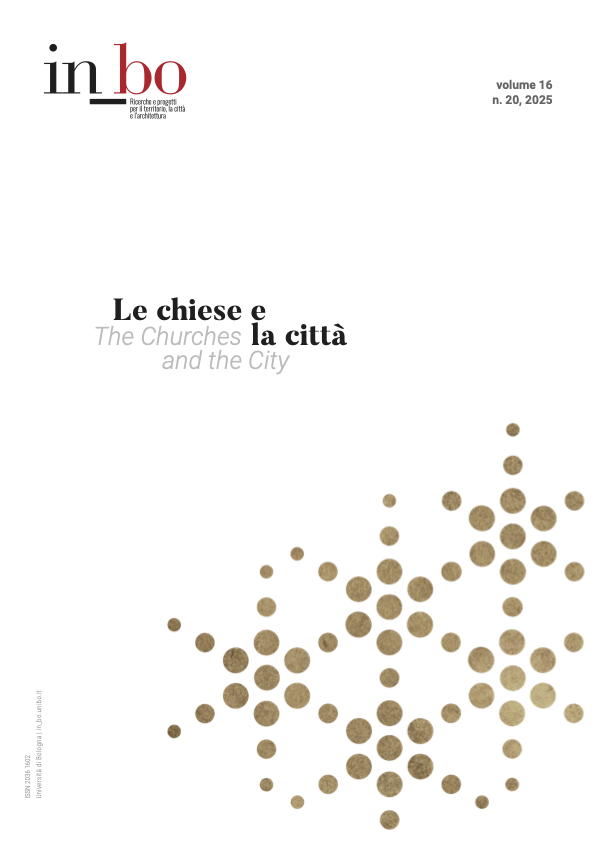Parish Structures and the Urban Environment Considered Spatially
DOI:
https://doi.org/10.60923/issn.2036-1602/19613Keywords:
church, parish centre, social space, architectural space, transformationAbstract
The religious topography of German cities diversifies in terms of both the social spaces of faith and the built presence of religions and denominations. This challenges established Christian congregations to preserve architectural places and Christian spaces while simultaneously advancing interreligious interaction with the city and society. This paper summarises and discusses insight from a recently completed research project. By synthesising quantitative and qualitative data, it analysed churches that have undergone architectural or functional changes over the last decades. Cases range from interior design changes to the abandonment and even demolition of buildings. We found a wide variety of approaches to balancing the spatial and social needs of congregations. The paper presents four cases of re-ordering parish functions, both spatially and architecturally. The communities all face the challenge of maintaining post-war structures on the one hand, and declining funding and participation in church service, on the other. The different solutions chosen allow for discussion of the role of parish centres beyond architectural questions alone, considering the broader picture of urban space and social networks.
Downloads
Published
How to Cite
Issue
Section
License
Copyright (c) 2025 Beate Löffler

This work is licensed under a Creative Commons Attribution-NonCommercial 4.0 International License.





